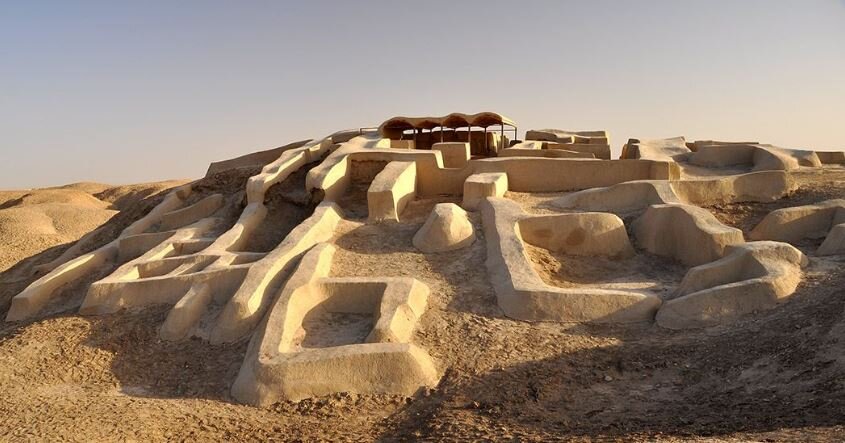Iran (IMNA) - Seyyed-Sajjadi made this announcement during a meeting where he showcased prehistorical table games that were once played in Burnt City thousands of years ago.
Burnt City, also known as Shahr-e Sukhteh or Shahr-i Sokhta, is located at the junction of Bronze Age trade routes in eastern Iran. The remains of this mud brick city provide evidence of the emergence of complex societies in the region. Throughout its history, Burnt City experienced four rounds of civilization, all of which were destroyed by catastrophic fires. Situated in the Sistan-Baluchestan province, the city was abandoned in the early second millennium due to changes in water courses and climate change.

The well-preserved structures, burial grounds, and numerous significant artifacts found at Burnt City offer valuable insights into the development of complex societies and interactions between them during the third millennium BC. Excavations conducted in previous periods revealed the residents' impressive skills in weaving, as well as their ability to create fine arts such as decorative objects, stone carving, and pottery painting.
A recent report by the UN cultural body revealed that the city's abandonment in the early second millennium was a direct result of alterations in water courses and the impact of climate change. The excavations at this site have uncovered a plethora of valuable artifacts, burial grounds, and well-preserved structures. These findings are of utmost significance as they shed light on the development of intricate societies and interactions between them during the third millennium BC, owing to the arid desert climate that has preserved them remarkably well.


Your Comment